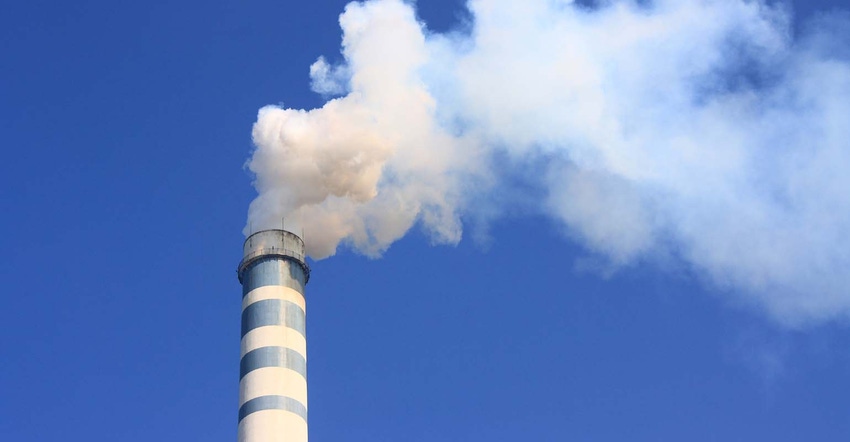May 30, 2018

EPA Administrator Scott Pruitt is proposing to retain, without revision, the existing primary National Ambient Air Quality Standard (NAAQS) for sulfur dioxide (SO2). EPA and its Clean Air Scientific Advisory Committee (CASAC), agree that this existing standard continues to provide health protection for Americans, including respiratory effects following short-term exposures to SO2 in ambient air.
“The U.S. is making tremendous progress reducing SO2 concentrations, and the proposal to retain the existing standard is based upon the best available science and the recommendations of our independent science advisors,” Pruitt said. “EPA recently issued a memo to reform the process by which we set NAAQS in order to ensure we continue the dramatic improvement in air quality across the nation.”
EPA’s CASAC concurred with the Agency “that the current scientific literature does not support revision of the primary NAAQS for SO2.” EPA is soliciting comment on the basic elements of the current NAAQS, including whether there are appropriate alternative approaches that provide comparable public health protection
As a result of Clean Air Act programs and efforts by state, local, and tribal governments as well as technological improvements, SO2 concentrations in the U.S. have fallen by more than 70% since 2000 and more than 50% since 2010.
What is SO2?
It’s sulfur dioxide, but EPA’s national ambient air quality standards for SO2 are designed to protect against exposure to the entire group of sulfur oxides.
How does SO2 get into the air?
The largest source of sulfur dioxide in the atmosphere is the burning of fossil fuels by power plants and other industrial facilities. Smaller sources include locomotives, ships and other vehicles and equipment that burn fuel with a high sulfur content.
What are the health effects of SO2?
Short-term exposure can harm the human respiratory system and make it difficult to breathe. Emissions that lead to high concentrations of SO2 in the air also lead to the formation of other sulfur oxides. Sulfur oxides in the air can react with other compounds to contribute to particulate matter pollution.
What are the environmental impacts?
Sulfur oxides can decrease tree and plant growth, contribute to acid rain, produce haze and stain and damage statues and monuments.
Source: EPA
You May Also Like




